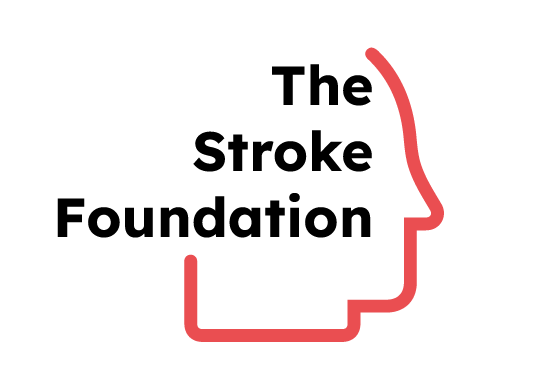About Stroke
Prevention
Stroke Is Largely
Preventable — Start Today

.avif)
About Prevention
Prevention Starts with Awareness
That’s why awareness is the first line of defense. Knowing your risk factors, recognizing early warning signs, and staying informed can help you take control of your health before a stroke happens.
Small changes in what you know today can shape what your life looks like tomorrow.
And you don’t have to do it alone. With the right information, support, and simple steps, stroke prevention becomes a realistic and empowering part of daily life — not just a medical goal. Prevention starts with awareness, but it continues with community, consistency, and care.
Prevent Stroke
6 Key Ways to Prevent Stroke
Smoking
Active
.avif)
Protecting Your Recovery
Reducing the Risk of a Second Stroke
Recovery and prevention go hand in hand. Here’s how to protect yourself moving forward:
- Follow Your Care PlanStick to your treatment plan exactly as prescribed. Medications, therapy, and check-ins are key to preventing a second stroke.
- Monitor Your Health RegularlyTrack your blood pressure, blood sugar, and cholesterol. Keep a log and review it with your doctor to stay ahead of any changes.
- Make Lifestyle Changes LastHealthy habits aren’t just for recovery — they’re for life. Keep eating well, staying active, and avoiding smoking or excess alcohol.
- Know Your Warning SignsA second stroke can look different from the first. Learn the signs and act fast if something feels off — don’t wait and see.
- Stay Connected to Your TeamFollow up with your healthcare providers regularly. Don’t skip appointments, and speak up about any concerns or new symptoms.
- Lean on SupportRecovery takes more than medical care — emotional support matters too. Whether it's friends, caregivers, or a support group, don’t go it alone.
Have Questions About Stroke Symptoms Or Recovery?
FAQs
You’re Not Alone in This
Up to 80% of strokes can be prevented by managing key risk factors such as high blood pressure, high cholesterol, smoking, diabetes, and lack of physical activity. Making healthy lifestyle choices—like eating a balanced diet, exercising regularly, avoiding tobacco, and limiting alcohol—can significantly reduce your risk. Regular check-ups and working with your doctor to manage any medical conditions are also critical steps in prevention.
To lower your stroke risk, focus on managing key health factors: keep your blood pressure and cholesterol in check, maintain a healthy weight, eat a balanced diet (like the Mediterranean or DASH diet), exercise regularly, avoid smoking, limit alcohol, manage diabetes if applicable, and treat conditions like atrial fibrillation. Regular checkups and following your doctor’s advice can make a big difference.
You should not take aspirin to prevent a stroke unless your doctor specifically recommends it. While aspirin can help prevent blood clots, it also carries a risk of bleeding, especially in people who do not have a history of stroke or heart disease. In some cases—such as for individuals with a high risk of stroke or those who have already had a stroke or heart attack—aspirin may be beneficial. However, for most people, the risks can outweigh the benefits. Always talk to your healthcare provider before starting aspirin or any other medication for stroke prevention.
Diet plays a significant role in your risk of having a stroke. Eating a diet high in saturated fats, trans fats, sodium, and added sugars can increase your chances of developing conditions like high blood pressure, high cholesterol, obesity, and diabetes—all of which are major stroke risk factors. On the other hand, a healthy, balanced diet can help protect against stroke. Consuming plenty of fruits, vegetables, whole grains, lean proteins, and healthy fats supports overall heart and brain health. Reducing your intake of processed foods, salt, and sugary drinks can help manage blood pressure and weight, both of which are key to lowering stroke risk. Simply put, what you eat every day can either increase or decrease your chances of having a stroke—making nutrition one of the most powerful tools for prevention.
If you’ve already had a stroke or a transient ischemic attack (TIA), taking action to prevent another one is critical. Start by working closely with your healthcare team to understand the cause of your stroke and follow their treatment plan carefully. This may include taking prescribed medications to manage blood pressure, cholesterol, or prevent blood clots. Making lifestyle changes is also essential. Eating a heart-healthy diet, exercising regularly, quitting smoking, limiting alcohol, and managing stress can all lower your risk of another stroke. Attend all follow-up appointments, participate in any recommended rehabilitation programs, and monitor your health conditions closely. A TIA or stroke is a serious warning sign—but with the right steps, you can significantly reduce the chance of it happening again.

